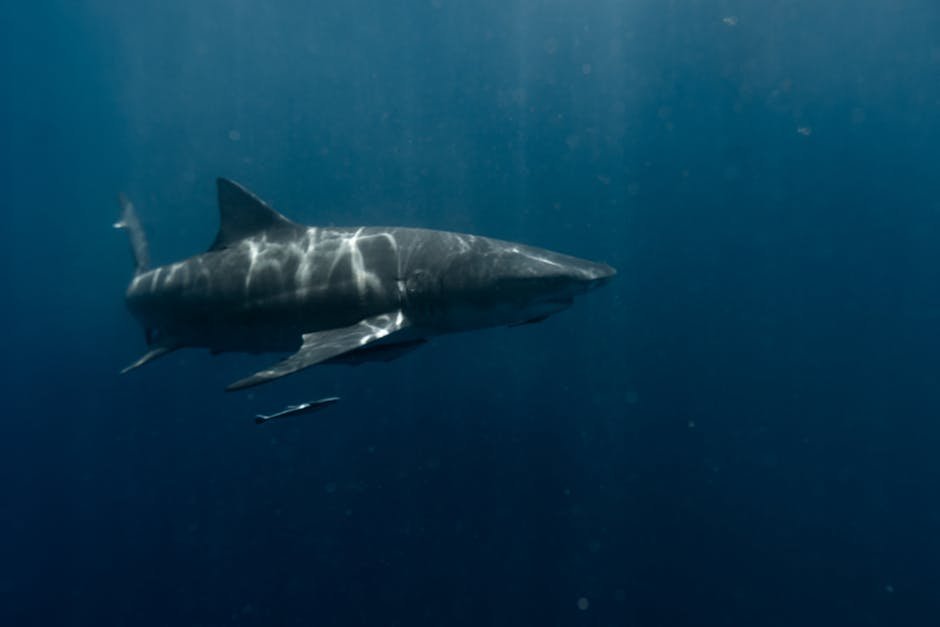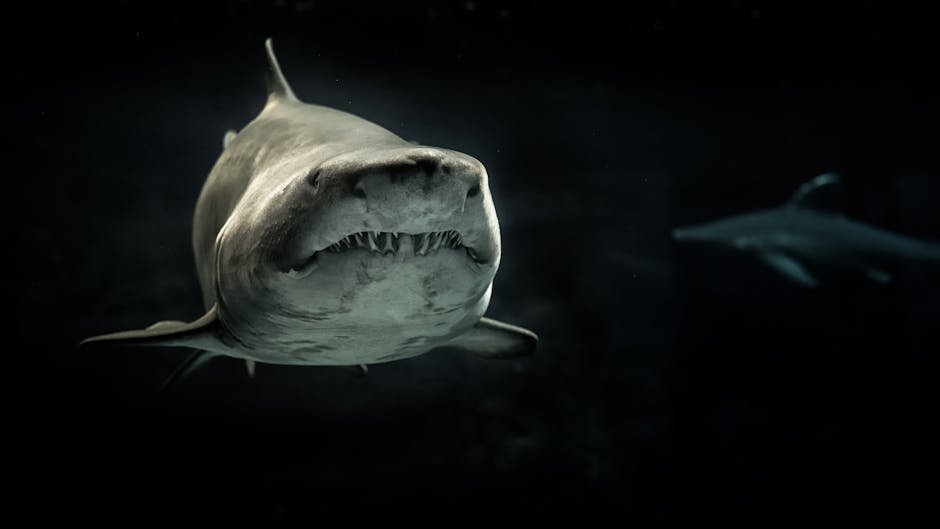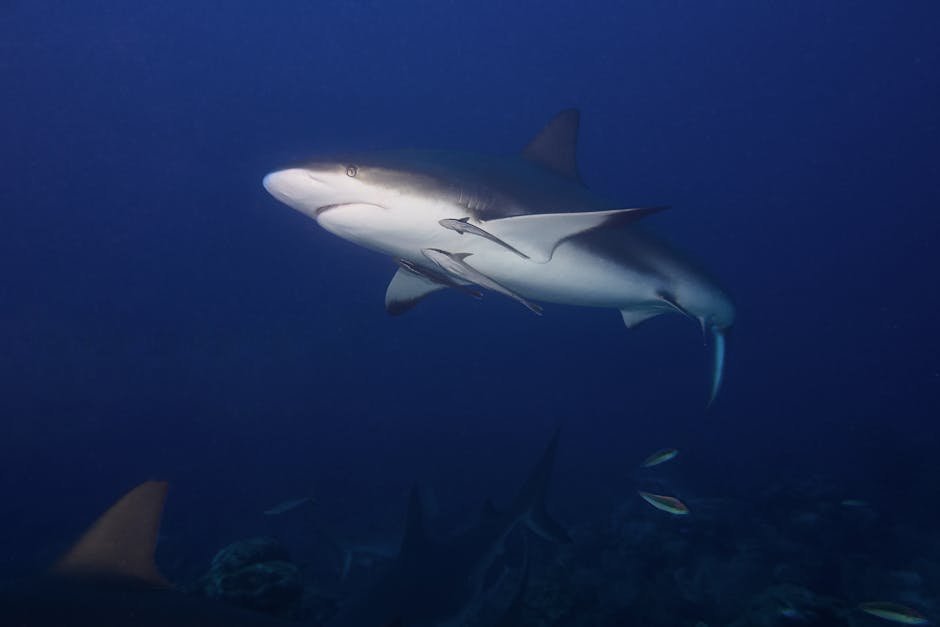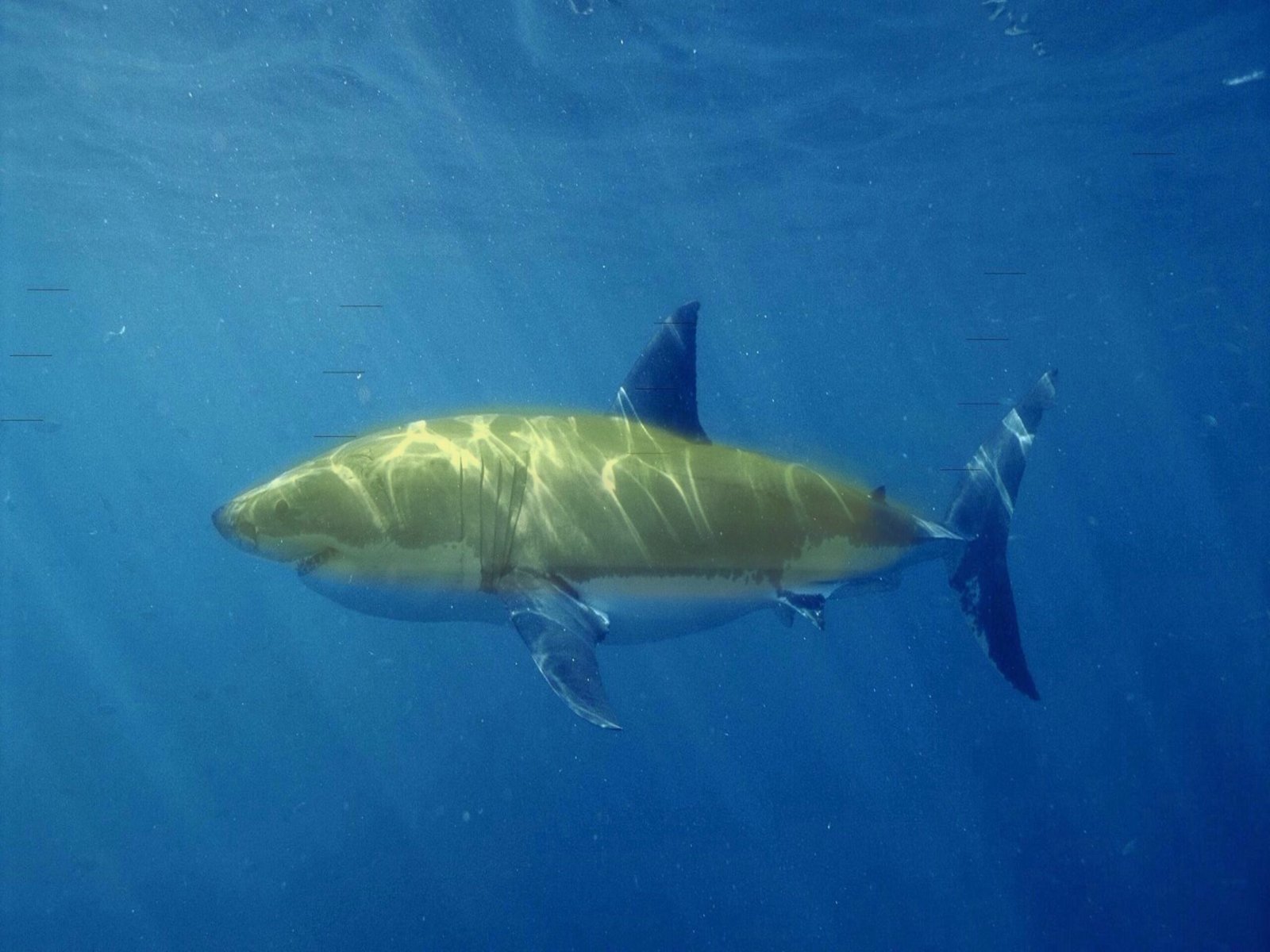Imagine a world where creatures glide silently through the inky depths of the ocean, far from the reach of sunlight. In this mysterious realm, there exists a fascinating creature known as the ghost shark, a being that defies the typical characteristics we associate with marine life. What sets the ghost shark apart is its ethereal glow, a natural luminescence that seems straight out of a science fiction tale. Let’s dive into the enigmatic world of the deep-sea ghost shark, a marvel of evolution and adaptation.
A Glimpse into the Abyss
The deep sea is a realm less explored than the surface of the moon. Its vastness harbors secrets and a plethora of life forms that have adapted to its extreme conditions. Among these is the ghost shark, also known as the chimaera. Unlike its more famous cousins, the typical sharks, ghost sharks reside in the depths, often over 200 meters below sea level. Here, in the chill of the abyss, these creatures have evolved unique features to survive and thrive.
The Glowing Phenomenon
Bioluminescence is a fascinating trait found in various deep-sea creatures, and the ghost shark is no exception. This glow is a result of chemical reactions within the body, providing a mesmerizing display of light in the dark. The purpose of this luminescence can vary—some use it for communication, others for mating displays, and some to ward off predators. In the case of the ghost shark, it’s believed that this glow helps in camouflage, blending them into the faint light filtering from above.
Anatomical Wonders
Ghost sharks possess a unique anatomy that sets them apart from other marine animals. Their skeletons are made of cartilage, which is lighter than bone, aiding buoyancy. They have long, tapering bodies and a distinctive, rabbit-like snout. Their skin is smooth, lacking the rough scales typical of other sharks. This smoothness, combined with their glow, gives them an almost spectral appearance as they glide through the water.
The Mystery of Their Evolution

The ghost shark’s lineage dates back over 400 million years, making them one of the oldest groups of jawed vertebrates. Their evolutionary path is shrouded in mystery, but their ancient origin provides valuable insights into the development of cartilaginous fish. Despite being called ‘sharks,’ they diverged from the traditional shark lineage millions of years ago, evolving separately to adapt to their deep-sea environments.
Adaptations to the Deep-Sea Environment
Living in the deep sea comes with its own set of challenges. The ghost shark has developed several adaptations to cope with the high pressure and low temperatures of its habitat. Their eyes are large and sensitive, allowing them to detect minimal light. Additionally, their lateral line system helps sense vibrations in the water, crucial for detecting prey or potential threats in the darkness.
Diet and Feeding Habits

Ghost sharks are primarily benthic feeders, meaning they forage along the ocean floor. Their diet consists of mollusks, crustaceans, and small fish. They possess specialized grinding plates instead of sharp teeth, perfect for crushing the hard shells of their prey. This adaptation highlights their role in the deep-sea ecosystem, contributing to the balance of marine life.
Reproduction and Lifecycle
The reproductive habits of ghost sharks are as unique as their glowing bodies. They lay eggs encased in leathery capsules, often referred to as ‘mermaid’s purses.’ These eggs are deposited on the ocean floor, where they remain until the young are ready to hatch. The lifecycle of a ghost shark is slow, with individuals taking years to reach maturity, a trait shared by many deep-sea dwellers.
The Role of Ghost Sharks in the Ecosystem

Ghost sharks play a vital role in the ocean’s ecosystem. As both predators and prey, they help maintain the balance of marine life in their habitat. Their feeding habits contribute to controlling the populations of smaller marine organisms, which in turn affects the larger food web. Understanding their ecological role is crucial in appreciating the complexity and interconnectedness of ocean life.
Conservation Concerns
Despite their ancient lineage and fascinating biology, ghost sharks face threats from human activities. Deep-sea fishing and habitat destruction pose significant risks to their populations. Their slow reproductive rate makes them particularly vulnerable to overfishing. Conservation efforts are essential to ensure the survival of these enigmatic creatures, highlighting the need for awareness and protective measures.
Embracing the Mystery

The deep-sea ghost shark remains one of the ocean’s most enigmatic inhabitants. Its glowing presence reminds us of the wonders that lie beneath the waves, urging us to explore and protect the rich biodiversity of our oceans. As we learn more about these mysterious creatures, we gain a deeper appreciation for the intricate tapestry of life that thrives in the depths of the sea.



